Announcement
Collapse
No announcement yet.
Shrieking Gazelles
Collapse
This topic is closed.
X
X
-

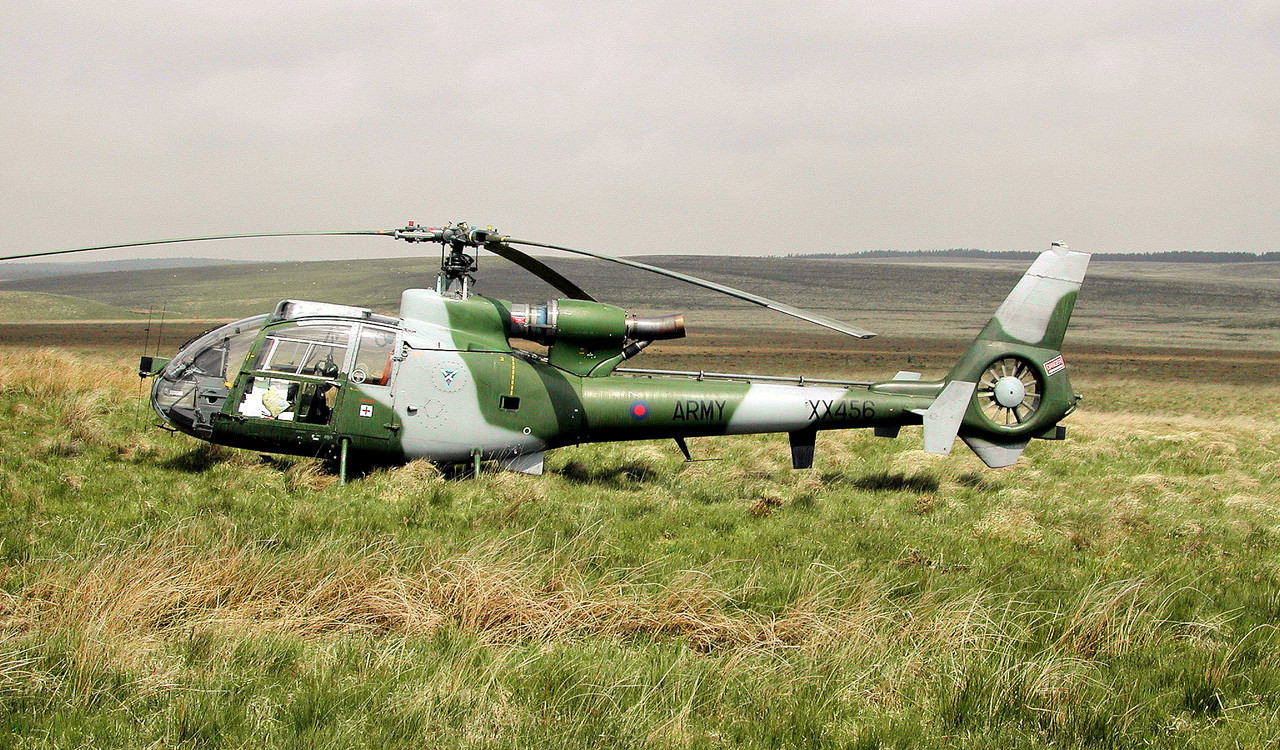
SA341B XX456 (WA1465) as seen on 8th June 2006 (Photo by Peter Nicholson)
Flying as 'Army Air 763' and assigned to 3 Flight AAC. I don't yet have a location for this shot. I was thinking SPTA perhaps, but this craft was based at RAF Leuchars around the time of this shot, so perhaps this is Scottie?
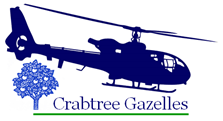
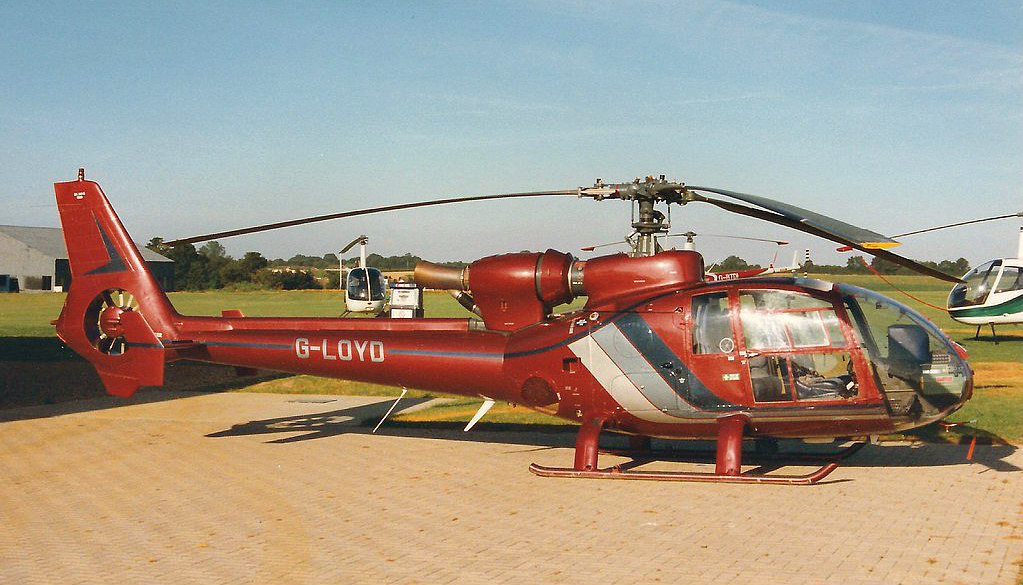
SA341G G-LOYD (cn.1289) as seen at Sywell on 18th August 1991 (Photo by Vince Horan)
Comment
-
XX456 could be anywhere probably Scotland but not sure, cannot see any Haggis running around !Last edited by Helipixman; 28th April 2020, 13:00.
-


SA341G G-RIFF (cn.1063) as seen at Silverstone circuit on 16th July 1989 (Photo by Vince Horan)

SA341G G-BKLU (cn.1136) as seen at Silverstone circuit on 16th July 1989 (Photo by Vince Horan)

Togolese Gazelle Update
https://defense.info/partners-corner...elle-contract/Togo’s Air Force has taken delivery of two modernised Gazelle helicopters but is reportedly considering cancelling the contract and not taking delivery of another two on contract.
Togo ordered four modernised SA342L1 Gazelle helicopters from France’s SECAMIC in 2016, but the contract was only implemented in 2018 due to delays in securing the export license from the French government – the sale was reconsidered when French President Emmanuel Macron came to power.

One of the two Gazelles delivered to Togo
French magazine Jeune Afrique reported in 2017 that the 20 million euro deal had been approved by France’s Inter-Ministerial Commission on Arms Exports, but was being blocked by the French Ministry of Foreign Affairs due to concerns that the helicopters could be used against political opponents or civilian demonstrators.
Nevertheless, two Gazelles have been delivered, according to African Aerospace magazine. The contract with SECAMIC provides for the provision of the helicopters to be armed with 20 mm cannons and Wescam electro-optical/infrared sensors with laser designators, and three years of support. They are also receiving upgraded cockpits with a Garmin GPS.
According to African Aerospace, the first two SA342s were delivered with second-hand Nexter M621 canons. Delivery of the remaining aircraft is expected by June, with the sensors to be integrated in Togo.
However, the magazine reports that Togo is concerned about further delays and difficulty integrating the sensors. “The future of the contract, of which Lomé has already paid 80%, is now uncertain, with the Togolese authorities reportedly considering cancelling it and requesting full reimbursement”.
Togo had originally expected to take delivery of all four aircraft between July and September 2019.
African Aerospace adds that Togo in 2019 acquired two second-hand Mi-8Ts from a company based in the United Arab Emirates, with the aircraft most likely coming from Ukraine originally.
Togo’s Air Force has few aircraft flyable – its Embraer EMB326GC Xavantes are no longer flying; it’s remaining Alpha Jets are in storage; only on or two TB-30 Epsilons are airworthy; its two DHC-5s were withdrawn and most helicopters grounded. The Air Force has several CM-170 Magisters, a couple of King Air 200s, a Fokker F28, Boeing 707, two Beech Barons, two Cessna 337s and a Do 27 in its inventory as well as several Alouette III and Puma/Super Puma helicopters.
Comment
-
F-ZWRA SA340 Gazelle c/n 002 seen during testing
I have often wondered why they did not stick with the T Tail ?

Photo Helipixman collection
- 1 like
Comment
-
Jos: Thank you for your comments. I do not know if the current boom-mounted stabiliser scaling is wholly attributed to the transfer of location, maybe? I am suspecting there must be some benefit (obviously) in having ditched the 'T' tail, and I suspect (as mentioned earlier) that this has to do with its 'in-flight' characteristics, such as in the cruise.
Zis: 'T' tails can be 'relatively' heavy, and at the end of a boom (even a short one like on the 500) vibration is an important consideration and unless you have a fairly 'rugged' (ie. sturdy) tailfin, you can quickly be looking at problems with fatigue and which drives up the maintenance cost through lower life on the component/s. The 500 boom is pretty narrow and so from the beginning they mounted the stabiliser on the tail. The Kamov 60 (a fairly recent Russian design) utilises a 'T' tail 'and' a fenestron, but check out the size and sturdiness of the tailfin, which itself is attached to a fairly short and very robust/strong tailboom.
> > https://vignette.wikia.nocookie.net/...20160524055120
-
Stabilizer position on helicopters is a real nightmare. This can normally only be optimized during real flight testing. E.g. for the EH101 several different designs have been tried: a movable one (like on the Blackhawk and Apache), high on the tail fin opposite the tail rotor, a low one on one side, and a low one on both sides. Problems encountered are related to mass, strength, stiffness, foldability, pitch-up and vibrations.
-


SA341G(S) G-OCJR (cn.1274) as seen at Silverstone on 14th July 1991 (Photo by Vince Horan)
I 'think' this may be the first appearance of G-OCJR on the thread. Registered at the time to Christopher J. Reed of Reeds Motor Co. This craft went on to become the better known G-OGAZ.
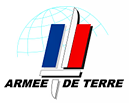
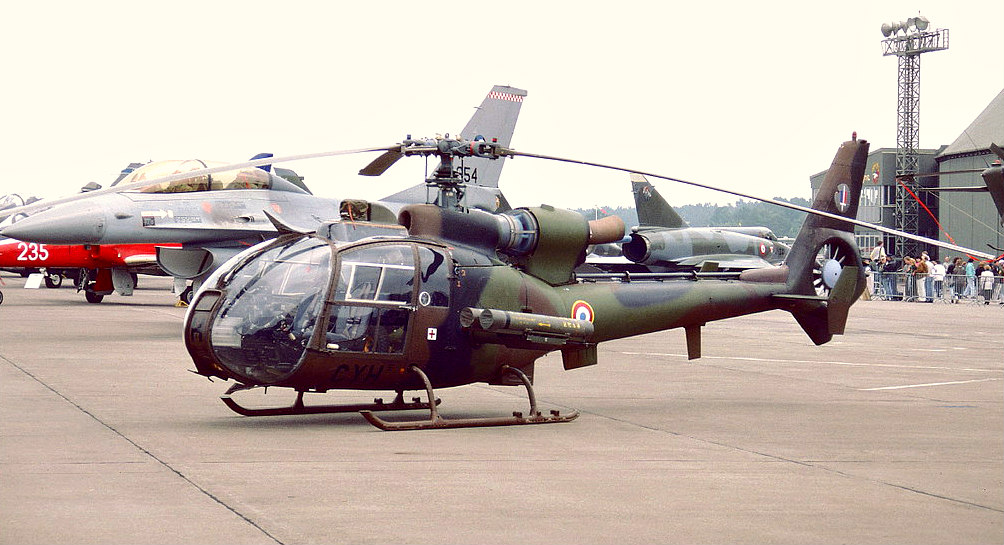
SA342M F-MCYH as seen at Base aérienne Nancy-Ochey in June 1990 (Photo by Paul Schaller)


SA341F2 ZU-HHP (cn.1597) as seen in South Africa in 2019 prior to her Mozambique adventure (Photo by Simon McDonnell)
Comment
-


SA341G) G-GAZI (cn.1136) as seen at Silverstone on 14th July 1991 (Photo by Vince Horan)


Gazelles from 3 Regiment Army Air Corps fly low over soldiers from 1st Battalion Parachute Regiment
to the north west of Basra in southern Iraq on 6th April 2003 (Photo by Chris Ison)

Royal Navy Sharks at Koksijde Air Base and Sanicole Airfield in Belgium in 1996
Check out the delightful hammerhead at 2:33 followed by what might be referred to as an oblique or 'soft' hammerhead at 2:44!
Comment
-
UK Gazelles — Personalised Registrations
I have always been interested in what the personalised registrations mean on UK helicopters. I have found the reasons for most of the UK registrations and am posting here those relevant to UK Gazelles.






Any thoughts, additions or comments are welcome.
Comment
-
Memories of G-BAGJ
We are pleased to share the following reflections by Avia reader Clive Wilson relating to G-BAGJ and his time at Westlands:
My memory tells me that the original upholstery in G-BAGJ was blue and white leather. The interior had a blue carpet with white piping and the flimsy fibre-glass instrument cowling was also covered in blue leather. In fact, the interior was very plush with non-military leather low back seats. The upholstery work was carried out by a company based in the Bournemouth area; it may have been Jecco, or the fore runner of Jecco. I believe they did the upholstery on all 12 civil Gazelles that Westland manufactured. The thirteenth civil build was never sold and was eventually converted into a training aid for the RAF.

Westland Gazelle SA341G G-BAGJ cn. WA1039 in 1978
Originally the tail cone had one antenna underneath and a small white aerial poking out of the fibre-glass ‘Top Hat’ fairing. It had a ‘Towel Rail’ antenna either side of the tail cone and both skids were enclosed in fibreglass fairings. Also, the lower Perspex section of both pilots and co-pilot’s door were painted.
G-BAGJ was manufactured in 1973 I think for a customer called ‘Point to Point Helicopters Ltd’ and this was the second or third civil Gazelle to be manufactured by Westland. The first civil Gazelle manufactured was G-BAGL, again with full leather upholstery and painted in blue and white and easily confused with G-BAGJ. G-BAGL was manufactured in 1972 and was owned and used by Westland Helicopters for Corporate transportation, eventually replacing the ageing Westland Widgeon.
The memory is fading a bit, but I was one of a small team of fitters at Westland who assembled this helicopter way back in the ‘Seventies’. It was also the very first helicopter I flew in, so I do have a soft spot for this particular helicopter.
G-BAGJ at the North East Land Sea and Air Museums in Sunderland
This helicopter may have the original certification for G-BAGJ, but has had so many military parts fitted to it that it no longer resembles the civil Gazelle it once was. This is a great shame as the helicopter in its original livery of blue and white was very pretty. I do hope it is returned to its original livery sometime soon, but I’m acutely aware money is tight for everyone these days.

Gazelle at the North East Land Sea and Air Museum
However, studying the photo above (now in a military trim) if the canopy section is original, I note there appear to be no IFF antenna in the centre of the roof section. This would indicate a civil version. None of the civil Gazelles had canopy IFF antennas fitted.
It all Began Long Ago
I had all my own teeth and hair and was a year out of my apprenticeship when I was first assigned to the Gazelle assembly line. I began working on the two Gazelles that were supplied to Westland in kit-form from Aérospatiale and continued to work on over 200 Gazelles until the assembly line was transferred to Weston-super-Mare. I have to say it is one of the best helicopters I ever worked on.
— Clive Wilson
Comment
-
Clive Some interesting information, many thanks, I have mentioned on here before that G-BAGJ was my first helicopter flight.
Battersea to Leavesden with Point to Point Helicopters on 5.10.74
Just wonder if you can clarify, was this helicopter c/n 1039 intended for the military because it was allocated the military marks XW858 but as far as I know it was not taken on charge by the military and became G-BAGJ ?
-
Dear Helipixman,
At the very start of the build, when bath tub & centre structure were joined, the A/C end customer would be identified on the centre structure and also in the Build Schedule; registration number for military or the customer’s name, if destined to be a civil. As soon as join up was completed the skids & canopy were attached; some of the first operations were to cut an aperture in the roof for fitment of the IFF aerial, the two welded brackets holding the twin aerials below the landing lamp were removed and repositioned, this was for Military A/C only; The Civil A/C’s did not have aerials in this panel. Also for Military A/C, there was a lot of paint stripping on the canopy retaining covers, for fitment of the Ground Plain. These changes, although minor would not have been required for a Civil Gazelle, and were never carried out on this specific build.
Working on G-BAGJ from join-up to completion, it was always known as the ‘Point To Point’ Gazelle. I do not recall it ever being destined to be a Military A/C, certainly from the time it came out of the join up jig.
I’m not certain if this answer your question, but it might help.
Best regards
Clive
-
Thank you Clive thats a very comprehensive answer and very much appreicated. All I can think is it may have been destined for the military before the build and any components were manufactured ! Then as the military do, changed their minds and it was to be a Civilian machine.
-
-
Hi!
I recently watched a repeat of a UK TV programme called 'Soldier Soldier'. It featured a Gazelle crash through loss of tail rotor, it was supposed to be a UK mil Gazelle but it was an ex-USA civilian Gazelle and was fitted with skid fairings, civilian seats, tail driveshaft cover and a different instrument panel.
Looked like G-GAZI written on the instrument panel.
Comment
-
Hi MD600
Thats very interesting because I have just been chatting to Zishelix about this very helicopter and to its real identity. I have a photograph attached which shows it at Long Stratton with the markings XX372, so it could well be G-GAZI, well done for your eagle eyed observation and solving a mystery.

Photo from helipixman collection (via Stratton Motor Company)
Comment
-
Originally posted by Zishelix View PostWhat a coincidence, indeed! MD, thanks for help me remove this one from the 'Unknown Gazelles' file
I didn’t know there was a unknown Gazelle file. Which ones are in there ?
Comment
-
I think what Zis is meaning, example:- both he and I have photographs of Gazelles we just cannot identify, so they are in our own 'unknown files'.
For example on this forum another Gazelle was painted as an AAC machine for a film around Dublin, marked with a fake registration, this one is also in the unknown file ?
-
Sorry, I wasn't specific about unknown Gaz file. Helipix is right, I should say unknown to me and people I'm in contact with.
For instance, this one is still in such personal file
http://www.aviafora.com/forums/forum...=4418#post4418
-
-


SA341G G-BBHW (WA1098) as seen at McAlpines Hayes Heliport in Middlesex in the early 1980's (Photo by Graeme Lovell)
Avia Reader Contributions
We've received another snippet from Clive Wilson as follows:
Memories from the Gazelle Assembly Line
The Gazelle would arrive in kit form from the Sud Aviation/Aérospatiale factory in France. On one occasion a colleague and I were unpacking a ‘Tail Cone’ from its sturdy wooden crate. This was not normally our job, but the tail cone was required on the assembly line and we had been tasked with the job of getting it there.
After unpacking the tail cone, we checked the inside of the crate for any other items (as one usually did) and while doing so discovered an unusual cardboard box. On opening it, we found several cartons of French cigarettes! Contraband I guess?
It was never reported and we never handed it in, and no one made ever asked if we had found anything unusual. As we were all smokers at the time, well .. you can guess the rest.
— Clive Wilson
Comment
-
Nice one Zis!
Yes, I can see it now Clive, a bunch of fitters who usually smoked Pall Mall, JPS, Rothmans or maybe even B&H, sitting on orange plastic 'Robin Day' chairs in their coveralls the smell of Swarfega permeating the air, coughing and spluttering with cups of tea in hand at the Yeovil canteen (or corner of the hangar for more 'regular' tea breaks) as you dish out samples of unfiltered Gauloises from Marseille!
-


SA341G(S) G-BKLV (cn.1307) as seen at Silversstone in the early 1980's (Photo by Graeme Lovell)

SA341G(S) G-GAZZ (cn.1271) as seen at Silverstone on 14th July 1991 (Photo by Vince Horan)

Unidentified Gaz on the Move
- Photos currently removed -
Unknown Gazelle photographed in early May 2020 (Note the blades lying on cushions beneath the craft)
While these photos have come to us from an Avia member, he is unable to share any further details at present.
However, can any Avia members identify this bird? I am thinking it may be a Soko Gaz.

Serbian Gazelle flight in 2018 (Video courtesy of Anja)
Comment
-

New Avia member 'Reggie W' (Clive) has now joined us and I have copied above his reply to Elipix which you can also read a few posts further up.Clive wrote
Dear Helipixman,
At the very start of the build, when bath tub & centre structure were joined, the A/C end customer would be identified on the centre structure and also in the Build Schedule; registration number for military or the customer’s name, if destined to be a civil. As soon as join up was completed the skids & canopy were attached; some of the first operations were to cut an aperture in the roof for fitment of the IFF aerial, the two welded brackets holding the twin aerials below the landing lamp were removed and repositioned, this was for Military A/C only; The Civil A/C’s did not have aerials in this panel. Also for Military A/C, there was a lot of paint stripping on the canopy retaining covers, for fitment of the Ground Plain. These changes, although minor would not have been required for a Civil Gazelle, and were never carried out on this specific build.
Working on G-BAGJ from join-up to completion, it was always known as the ‘Point To Point’ Gazelle. I do not recall it ever being destined to be a Military A/C, certainly from the time it came out of the join up jig.
I’m not certain if this answer your question, but it might help.
Best regards
Clive
I want to take this opportunity of 'officially' welcoming Clive to the forum. He spent many years at Westland, where among other things, he worked on the Gazelle assembly line.
Sav wrote Yes, I can see it now Clive, a bunch of fitters who usually smoked Pall Mall, JPS, Rothmans or maybe even B&H, sitting on orange plastic 'Robin Day' chairs in their coveralls the smell of Swarfega permeating the air, coughing and spluttering with cups of tea in hand at the Yeovil canteen (or corner of the hangar for more 'regular' tea breaks) as you dish out samples of unfiltered Gauloises from Marseille!
Comment
-
Clive
Welcome to Avia, great to have your knowledge here now. I am sure we are all wondering did you ever take photographs during your working days or maybe know who did? There are a couple that have eluded us on this forum and never seen photographs of them !
They are the two that went to the Qatar Police as QP-1 & QP-2
-
Hi Helipixman,
Sorry, no old photographs, as unofficial photography was not allowed at any Westland facility back in my day. Being a major UK Defence Manufacturer, part of your employment terms and conditions was to sign the UK Government’s ‘Official Secrets Act’. This Act forbade the taking of any unofficial photographs on site. If I remember correctly, you could be in deep trouble for even having a camera on site. Westland, being a major Defence Manufacture, was and I guess still is, a prime target for Industrial Espionage. However, with the sophisticated technology of today with a camera built into every mobile phone, I’m not sure how this problem is effectively managed.
Westland had a very efficient Publicity / Photographic Department, and I would suspect there are many good photographs hidden away in the archives at Yeovil.
A little anecdote you may find of interest regarding the two Qatar Police Gazelles: On completion and dispatch, the two A/C were flown from Yeovil to Hurn Airport for onward transportation to Qatar by transport plane. Prior to loading, it was noted the canopy / door rubber seals on both A/C were damaged, and I was subsequently detailed go and to replace the seals. MEK solvent was used to remove the old adhesive from the canopy, and Toluene to clean the new one piece rubber seals prior to fitting. Back in the 70’s,Toluene, MEK & Trichloroethylene were the accepted cleaning agents on the shop floor. It was used very liberally, with no mask, safety glasses or rubber gloves. Back then, we were all so blissfully unaware how very dangerous these chemicals are.
Best regards
Clive
-
Hi again Clive
Nice to hear from you again, I kind of expected the answer regarding photography, I have worked at airports and signed something similar, but noticed people taking photographs anyway ?
I do have another contact who worked for Westlands, maybe you know him Mr Gibbings. I have spoken to him on the phone a few months ago before lockdown !
MEK now thats a blast from the past for me. If its the same Methyl Ethyl Ketone I remember the printers in our print shop using it on the rubber printing blankets !! Without gloves also !
At least you have seen the two Qatar Police Gazelles and worked on them !
-
-


SA342M at sea NFI

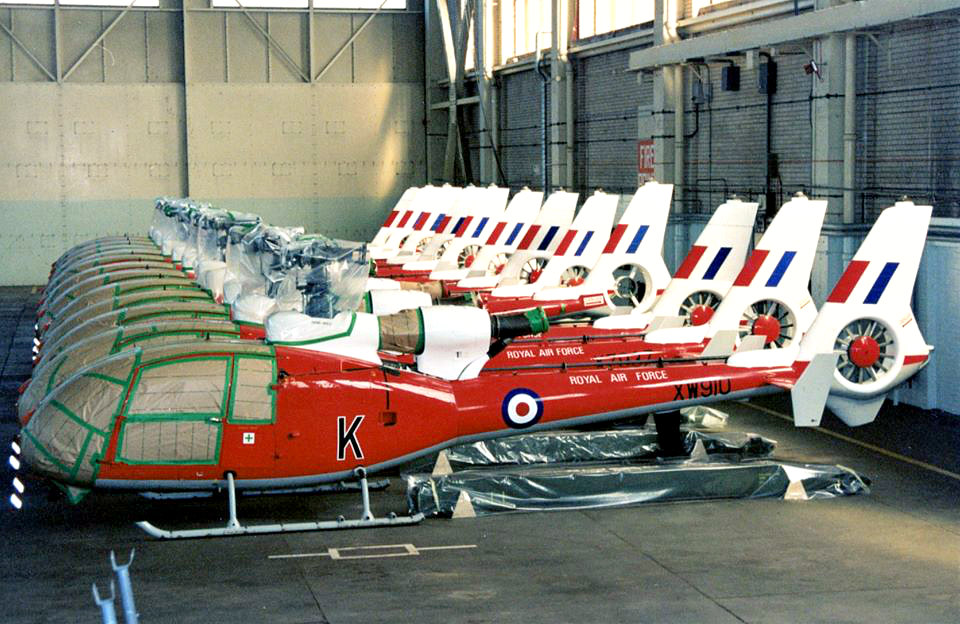
SA341D's awaiting disposal at RAF Shawbury on 12th April 1997 (Photo by Mark Harris)

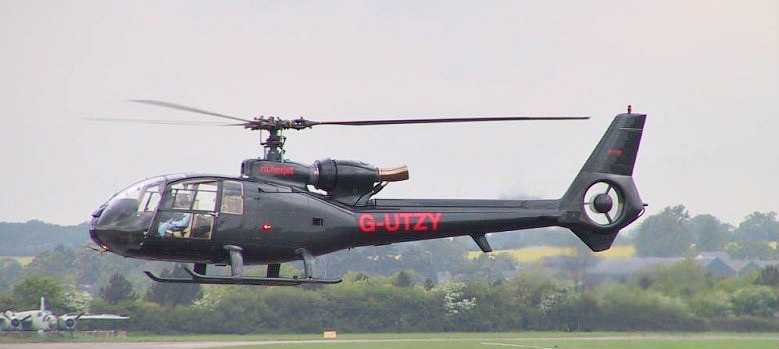
SA341G(S) G-UTZY (cn.1307) as seen at North Weald on 17th May 2003 (Photo by Chris Lane)

SA341C G-CBKD (WA1130) as seen at Stapleford on 17th June 2017 (Photo by Vince Horan)


SA342L HA-LFQ (cn.1854) as seen at Breighton on 21st September 2014 (Photo by Malcolm Clarke)
Comment
-
Personalised Registrations
Referring back to post no. 4361 there were two Gazelles requiring confirmation as to the meaning of their registrations and which were G-OAFY and G-PYOB. I actually do know what they are supposed to mean, having said that they are of a dubious nature and I would like anyone else to let me know if they have an ideas ? So to jog your memories I have added a photo of each one....


Both photos from the Helipixman collection
Comment
-
QP1 a truly rare shot, with thanks to its finder Jos, you deserve a medal for this one !! You have made my lockdown !

I am copying below a comment Avia member 'Reggie W' shared:
Reggie W wrote: A little anecdote you may find of interest regarding the two Qatar Police Gazelles: On completion and dispatch, the two A/C were flown from Yeovil to Hurn Airport for onward transportation to Qatar by transport plane. Prior to loading, it was noted the canopy / door rubber seals on both A/C were damaged, and I was subsequently detailed go and to replace the seals. MEK solvent was used to remove the old adhesive from the canopy, and Toluene to clean the new one piece rubber seals prior to fitting. Back in the 70’s,Toluene, MEK & Trichloroethylene were the accepted cleaning agents on the shop floor. It was used very liberally, with no mask, safety glasses or rubber gloves. Back then, we were all so blissfully unaware how very dangerous these chemicals are.
Comment


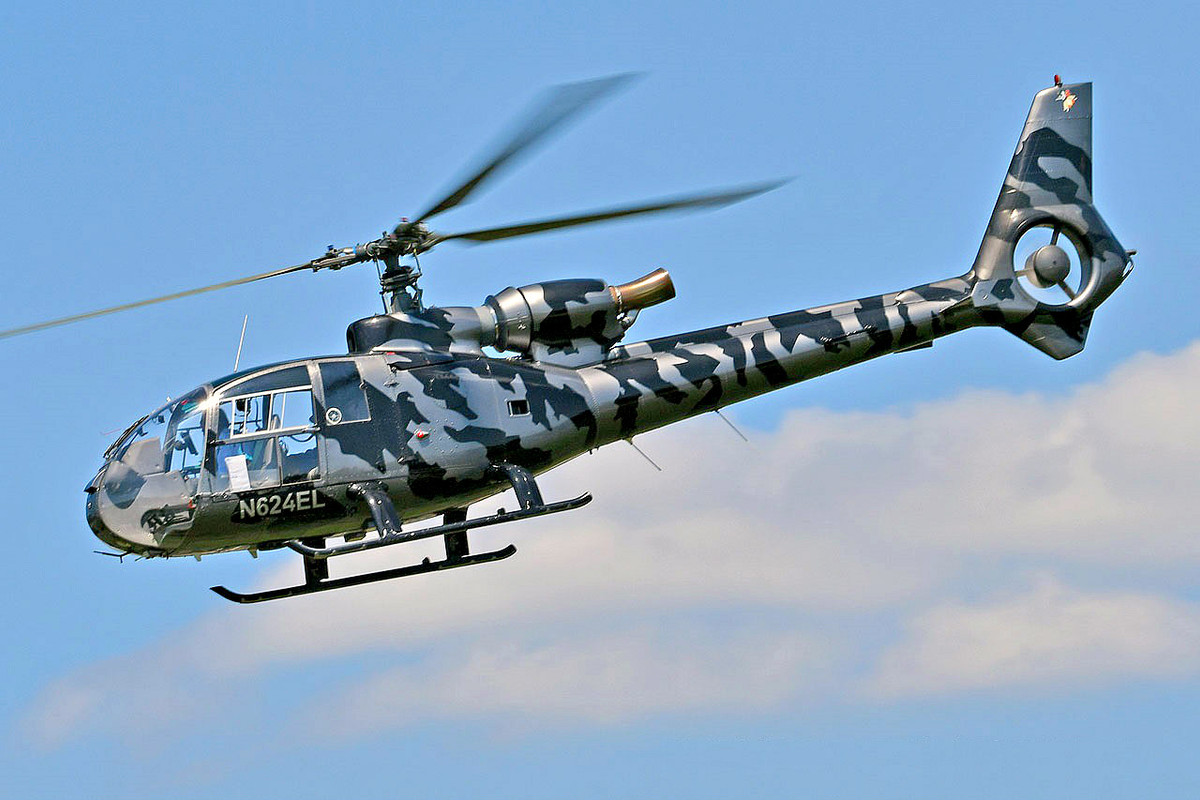

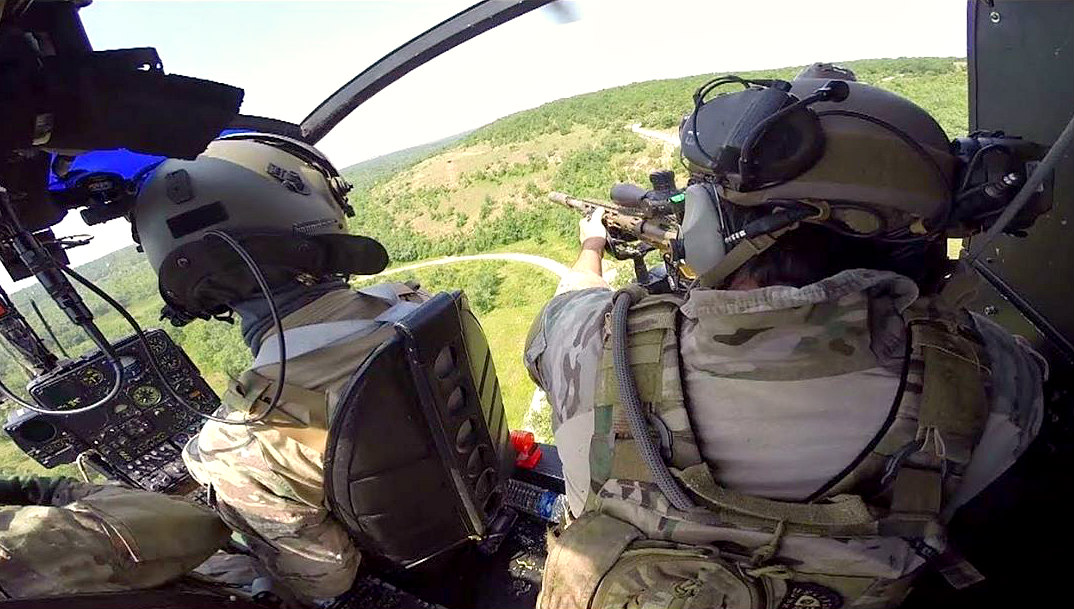












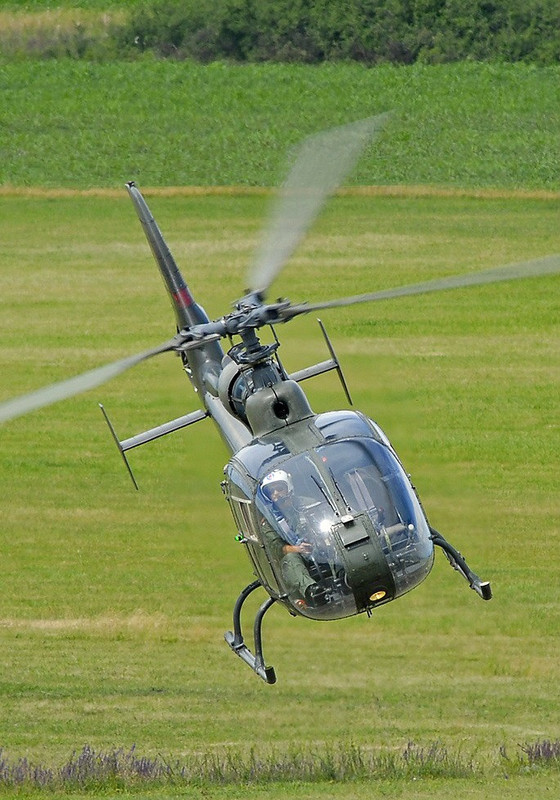


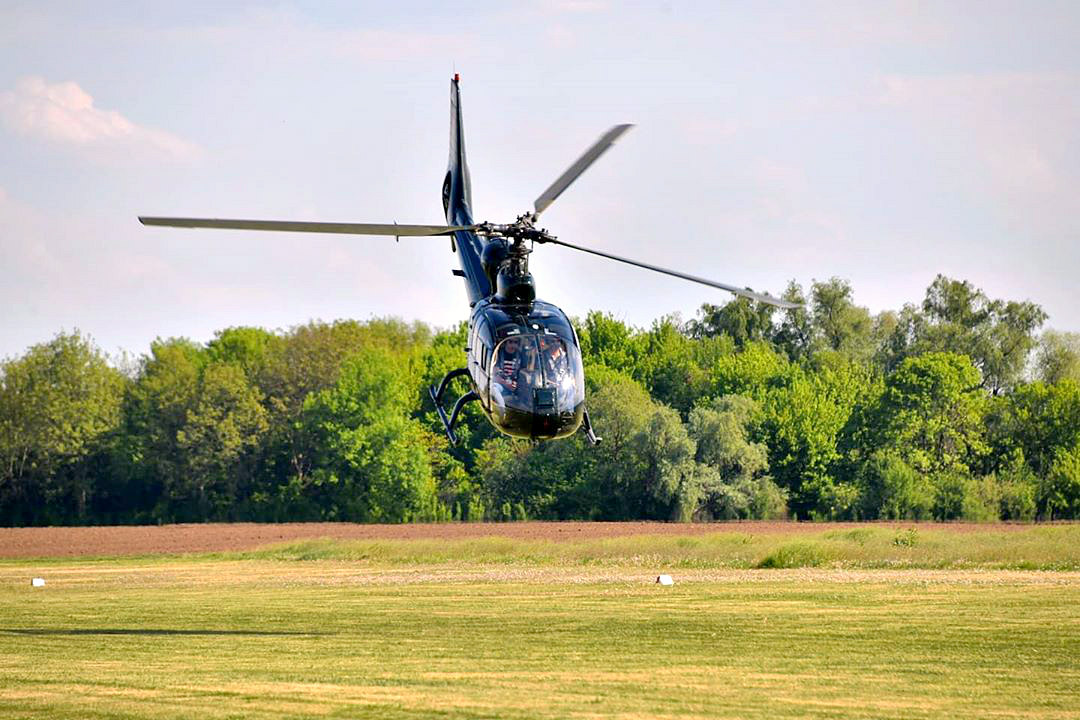
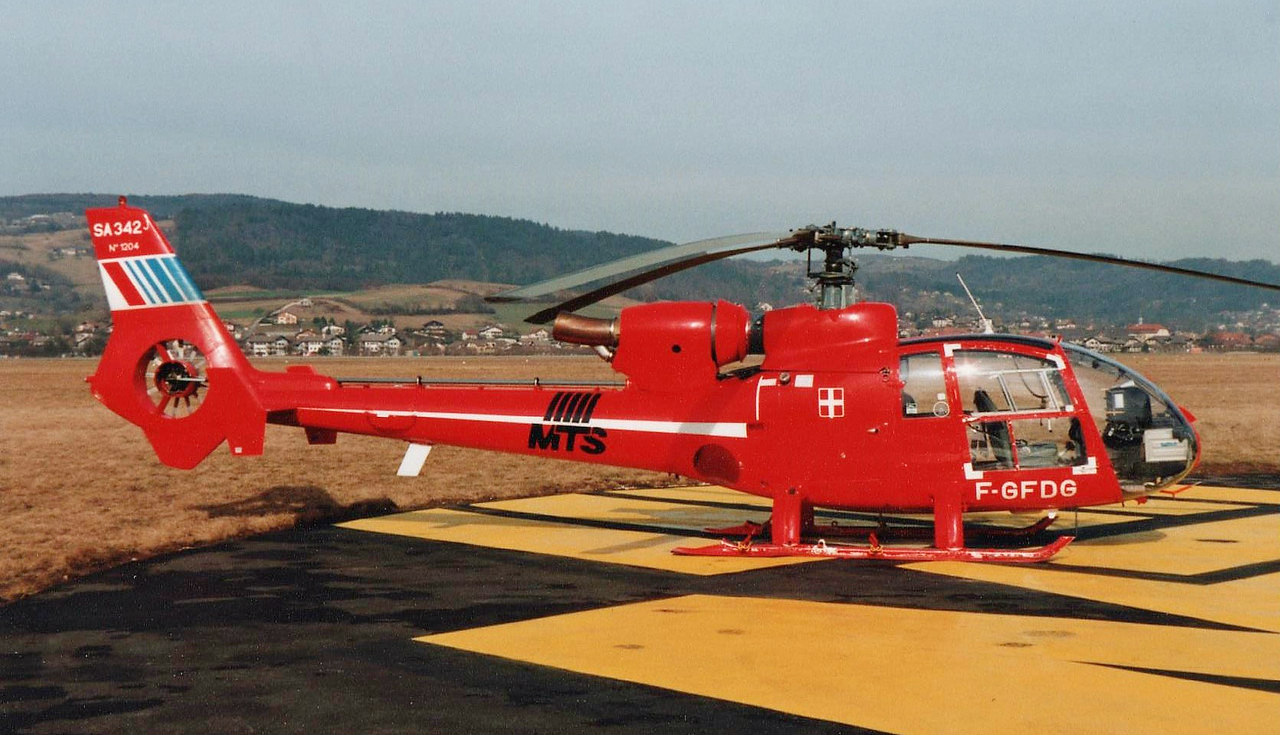
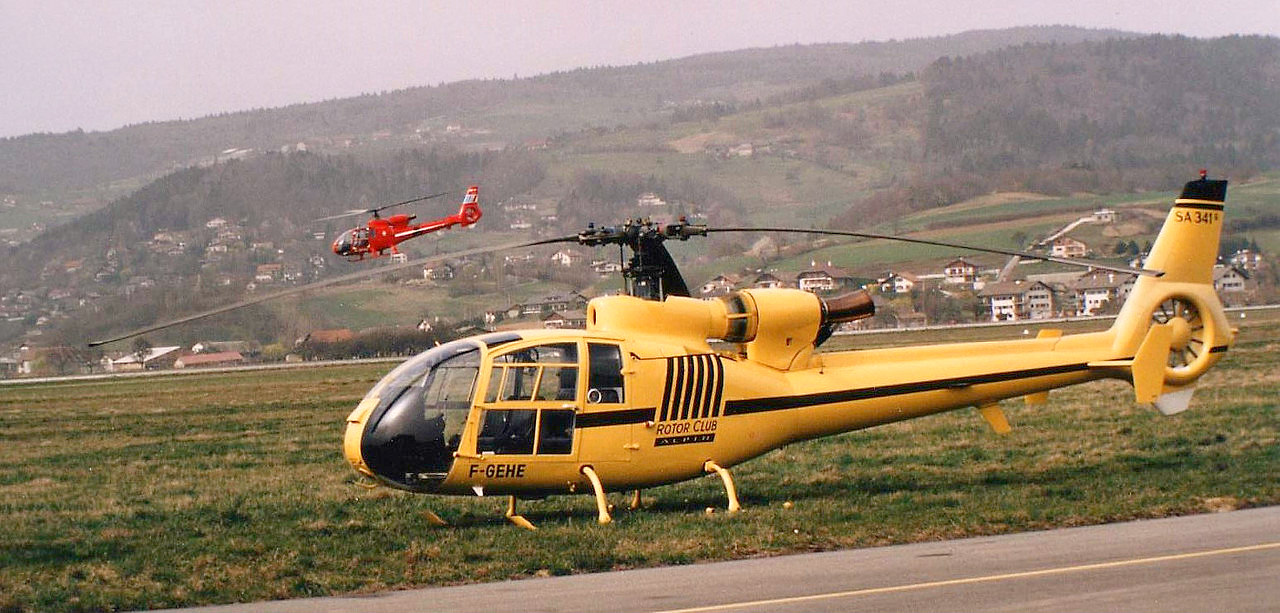


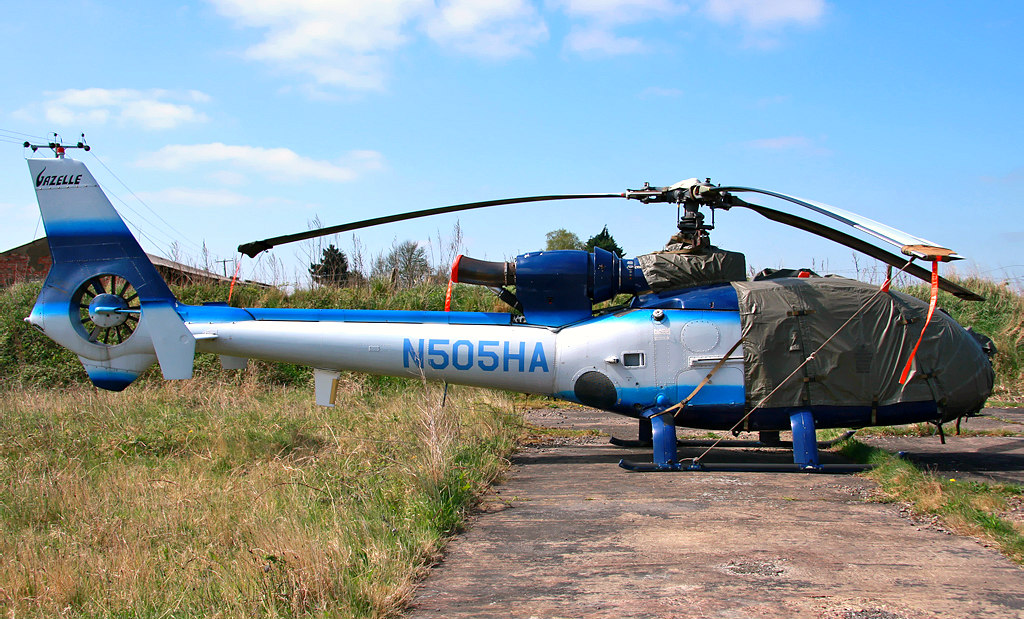








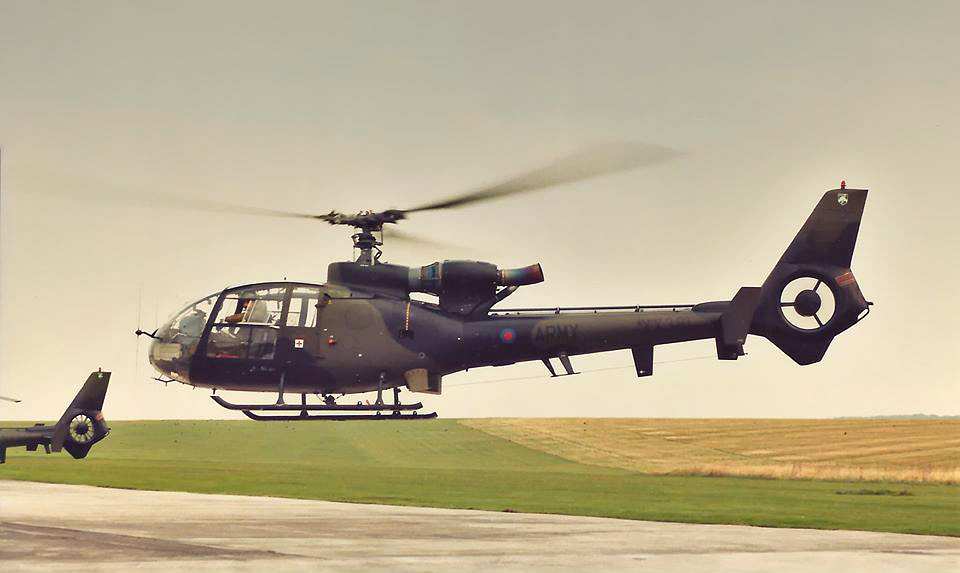










Comment